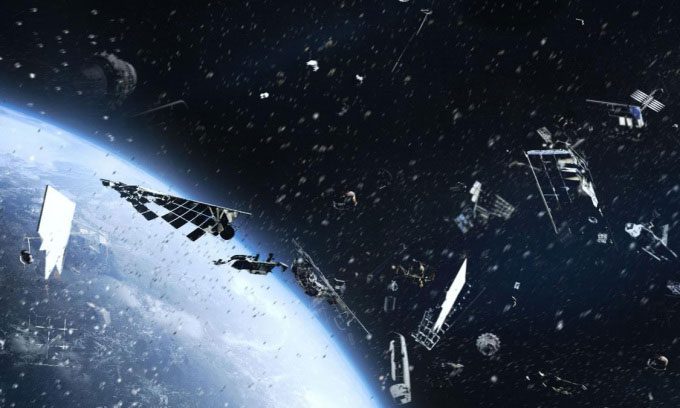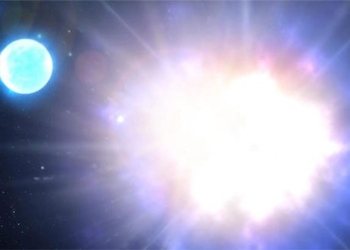The S73-7 satellite has a width of 66 cm, operates in an orbit 800 km high, and disappeared from radar in the 1990s.
The Infra-Red Calibration Balloon Satellite (S73-7) was launched into space on April 10, 1974, through the U.S. Air Force’s Space Test Program. This satellite is part of the Hexagon system, where S73-7 was deployed from a larger satellite in space.

Simulation of space debris orbiting Earth. (Photo: janiecbros/iStock).
According to the original plan, S73-7 was supposed to inflate and serve as a calibration target for remote sensing equipment. After this mission failed, the satellite went missing and became space debris until it was rediscovered last month, as reported by Live Science on May 6. Jonathan McDowell, an astrophysicist at the Harvard-Smithsonian Center for Astrophysics, examined archived data and found that S73-7 had disappeared from radar twice – first in the 1970s and most recently in the 1990s.
“The issue here is that S73-7 might have a very small radar cross-section; it could also be that what is being tracked is a piece of the satellite that did not deploy correctly, is not metallic, and does not show up clearly on radar,” McDowell explained.
Knowing the position and identity of each object in orbit is not easy, as the current number of objects exceeds 20,000. By using ground-based radar and optical sensors, experts can track space debris, but accurately identifying what each object is remains a significant challenge. Sensors can detect an object in orbit, but it then must be matched with a satellite on the same trajectory.
After launch, engineers know exactly where the satellite is headed and the expected altitude it will reach. With this information, they can review the trajectory and compare it to where the satellite was last observed. However, if there are any changes to the original movement plan or if the satellite drifts, engineers will have a lot of work to do to relocate it.
This is why the discovery of S73-7 is a victory for those trying to track down tens of thousands of lost satellites and other objects orbiting Earth. But as more satellites are launched into space, accurately knowing what is up there and the potential threats will become increasingly challenging.
“If you miss one or two objects, it’s not a huge risk. But you want to do this job as well as you can,” McDowell shared.





















































